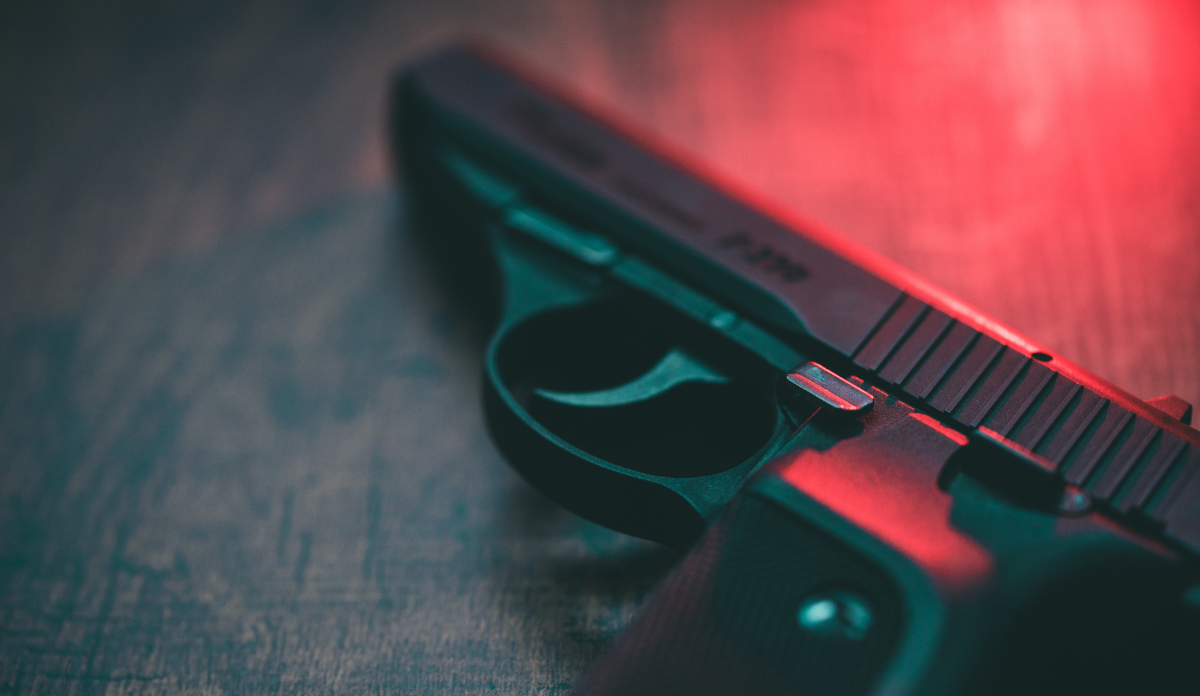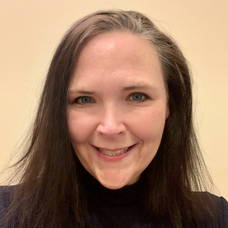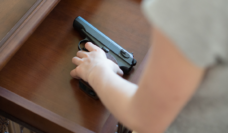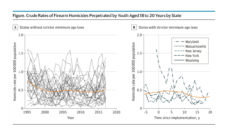In 2020, firearms overtook motor vehicle crashes as the leading cause of death in children in the United States. As a pediatrician who works exclusively in the Pediatric Intensive Care Unit, I have witnessed the devastating consequences of gun violence. Every one of these injuries and deaths was preventable. And each represents a failure of society to prioritize the health and safety of children. While the shocking tragedy of mass shootings in Sandy Hook and Uvalde garner urgent attention, gun violence is an everyday tragedy. Gun violence killed 4,357 children in 2020 in our country.
Gun violence is a public health crisis, and effective public health measures are needed to decrease deaths in children. Through targeted public health interventions, mortality due to motor vehicle crashes decreased by 40% from 2000 to 2020; during this same time, deaths due to firearms increased sharply.
This work must be done through a health equity lens because gun violence perpetuates health care disparity. These deep disparities are related to the effects of decades of systemic racism, as well as the effects of poverty. A recent study in JAMA estimated that half of firearm-related deaths and two-thirds of firearm-related homicide deaths could be associated with living in areas of high poverty. Black, non-Hispanic adolescent males had a firearm homicide rate 21 times higher than their White, non-Hispanic male counterparts.
In our article about firearm injury prevention advocacy, my colleagues and I describe our experiences in a series of three case reports: an individual’s advocacy journey, partnering with elected officials at a state level, and efforts to enact safe storage laws on a national level.
In the first case report, we describe how individuals can find their voices. Organizations such as the American Academy of Pediatrics (AAP) have strong firearm injury prevention platforms. Individual physicians are important partners because they have experience with the trauma caused by firearms. By pairing stories with evidence, pediatricians can collaborate with elected officials to pass strong gun safety laws that can decrease mortality.
In 2022, I joined a team of physicians, government relations specialists, government and community organizations, and Illinois State legislators. We designed a bill based on evidence-based medicine about safer storage, meaning storing guns locked and unloaded with ammunition stored separately. The team created a white page highlighting key aspects of the bill, sought out community and healthcare sponsors, spoke with legislators, filed witness slips, and testified in committee hearings. In nine months, we were able to pass a safer storage education bill.
Firearm safety laws vary widely between states. In the next case report, Dr. Maya Haaz detailed the evolution of laws in Colorado from the time of Columbine in 1999 to the Boulder Supermarket shooting in 2021. That year saw the passage of six new gun regulations, including a safe storage law. She gave insight into the way that the impetus for firearm safety laws ebbed and flowed over the course of two decades as the makeup of the Colorado legislature changed. She described how the Colorado Chapter of the AAP and other community organizations, especially Colorado Ceasefire, were key partners during that time.
Finally, Dr. James Dodington shared his experience working on and passing Connecticut’s Child Access Prevention (CAP) law, named Ethan’s Law after the death of teenager Ethan Song. This bill requires that a gun, loaded or unloaded, be properly stored so that individuals under the age of 18 cannot access it. He also delineated the experiences and challenges faced when attempting to pass Ethan’s Law on a federal level. The difficulty passing federal CAP legislation highlights the work that still needs to be done on the national stage.
Through these case reports, we illustrate lessons learned during our collective experience. Using existing available resources can strengthen advocacy impact. Forming relationships with other clinicians, media, community organizations, and elected officials is critical. There must be bi-partisan support to advance these policies. We must prioritize equity.
Finally, while conversations about guns are often politically fraught, the majority of Americans support strengthening these laws. By remaining professional and relying on evidence-based medicine, we can successfully decrease firearm deaths and injuries in children in our country.
With thanks to my co-authors, Dr. Maya Haaz, Dr. James Dodington, and Dr. Lois Lee. I would also like to acknowledge Dr. Tina L. Cheng, Dr. Lisa J. Chamberlain, and Dr. David Keller who included our article as a chapter in their edited collection, Child Advocacy in Action, An Issue of Pediatric Clinics of North America.
Photo via Getty Images














